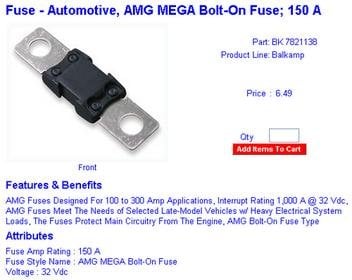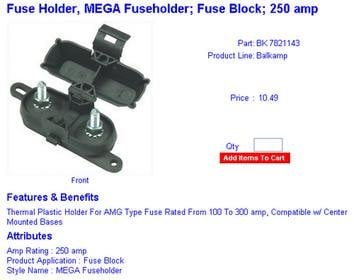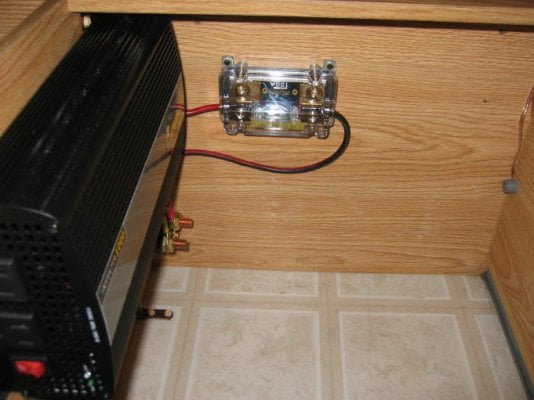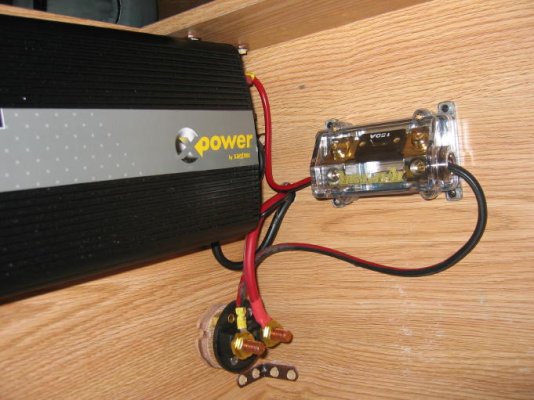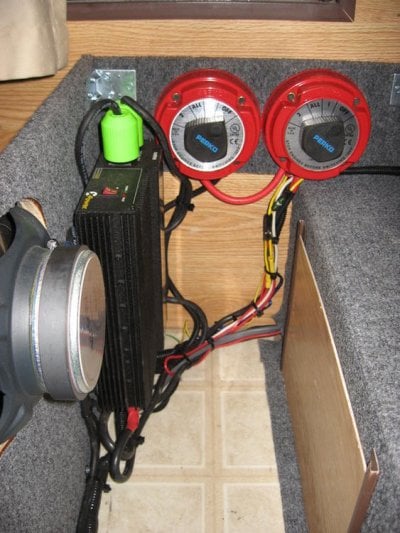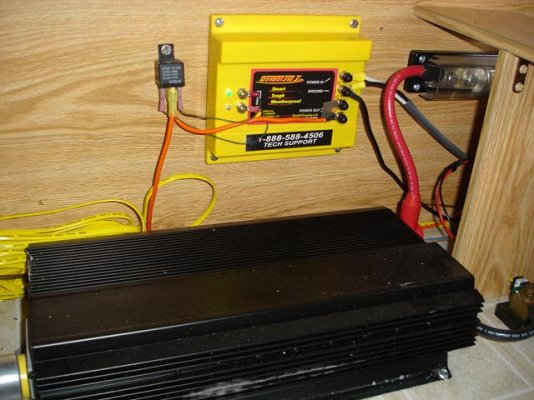Battery Cables
On another RV group, we were discussing battery wiring and one person introduced me to Type 3 marine power cable. Here's some stuf from an audio web site, followed by some comments on a boat site about welding cable:
TYPE 3 MARINE CABLE
Here's some info from the
Crutchfield Audio Site:
Q: What kind of wires should I use to hook up my marine audio system?
A: When choosing wire for any kind of application on your boat, make sure the wire is stranded, at the very least, and tinned, if at all possible. According to the ABYC (American Boat and Yacht Council), only stranded copper wire is acceptable for marine wiring applications. Other metals, such as aluminum and steel, corrode too quickly and can't withstand the constant vibrations of a boat in motion. A thin coating of tin (or solder) applied to copper can further enhance the copper's resistance to corrosion, creating the longest-lasting wiring material you can put on your boat.
Other things to take into consideration include the necessary gauge of the wire. SAE-rated wire (Society of Automotive Engineers) often has a smaller diameter than AWG-rated wire (American Wire Gauge), even though the two wires may be labeled the same gauge. AWG-size cables better suit marine applications, especially those labeled "boat cable" on the insulation. You'll also find "type" cables, which tell you how many strands are found in each wire. A Type 1 cable, for example, is either a single solid strand or just a few strands. You should not use Type 1 cables for boat applications. Type 2 wires have anywhere from 19 strands to 127 strands, depending on the gauge, in this case running from 16-gauge down to 0-gauge. Type 2 wires can be used for any general purpose wiring job on your boat, such as for wiring speakers. Type 3 cables have considerably more stranding than Type 2. For the same gauge range (16-0), Type 3 wires may include 26-1,064 strands. You should use Type 3 wires for applications that will require a lot of bending, flexing, or jostling, as the more strands a wire has, the longer it will last with frequent flexing.
Check out our Monster marine speaker wire as well as our selection of marine power and ground wires.
WELDING CABLE
Most welding cable is not suitable for marine work for a couple of reasons.
All marine wire should be stranded copper (tinned much preferred) Type 2 and Type 3 (preferred). All suitable cable will have UL 1426 or equivalent certification. The old ABYC standard is ABYC E-9.15.2. It's in E11 now; I'll find it and post it.
Welding cable has a couple of shortcomings. First, the insulation, while thick, isn't traditionally designed for use in hot/moist engine rooms. If the insulation does meet both oil and heat tests it MAY be acceptable.
Welding cable is also made of many more strands and they are much more fragile. While stranding is a good thing and the flexible Type 3 is preferred to the less flexible Type 2 most marine electrical experts believe that the off the shelf welding cable is likely to break at the termination points more easily than high grade boat cable.
So, if the wire meets the standards it can be used but most welding cable doesn't. I use a LOT of marine wire in my electrical business and much prefer brand name (Pacer, Ancor, Dearborn) boat cable for the above reasons. This is from an ABYC Standards FAQ on the abycinc.net website:
"Welding cable is often used for battery cables on boats. However, the welding cable's insulation must be oil and water-resistant. Cable that is not oil and water resistant may become impregnated with the water or oil and reduce the insulation's effectiveness. ABYC E-9.15.2 covers the requirements for the construction of cables and conductors."
Scott Berg
END


